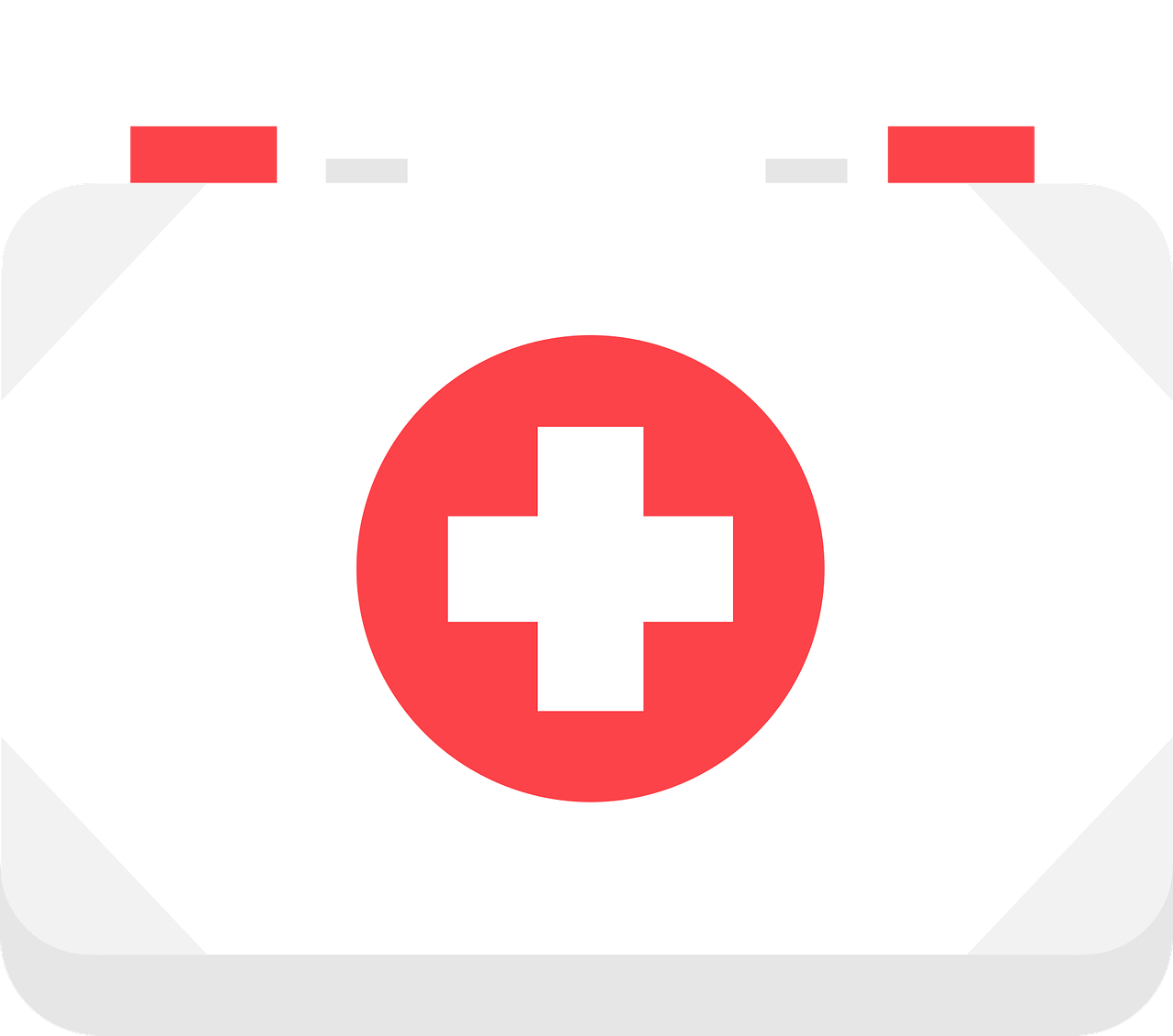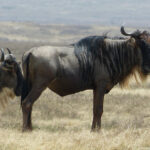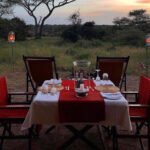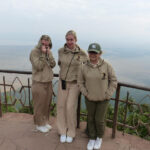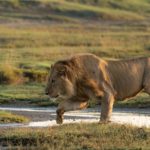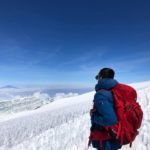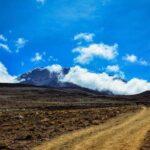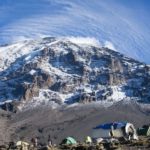
Essential First Aid Kit Items for Safari and Trekking with Rolux Safaris & Trekking
Going on a safari or trekking adventure with Rolux Safaris & Trekking requires careful preparation. One essential item is a first aid kit, which can be a lifesaver in emergencies. To start, include basic medical supplies like bandages, antiseptic wipes, and adhesive tape. These items help treat common injuries such as cuts and scrapes quickly. Always be prepared for minor accidents that can happen during your trip.
In addition to basic medical supplies, it’s wise to pack specific tools for more serious situations. A digital thermometer, tweezers, and a pair of scissors can be incredibly useful. For example, tweezers help remove splinters or ticks, while a thermometer monitors fevers. Including emergency items like a CPR mask and instant cold packs further prepares you for urgent situations. By packing these tools, you can handle a wider range of medical issues.
Pain relievers and medications should also be part of your first aid kit. Carry over-the-counter painkillers like aspirin, ibuprofen, or acetaminophen. These medications can help relieve headaches, muscle pain, or fever during your safari or trek. Antihistamines are crucial for allergic reactions to insect bites or plants. Antidiarrheal medications can come in handy for digestive issues you might face.
Another important aspect is hygiene and prevention supplies. Include hand sanitizer, disposable gloves, and a simple breathing barrier. These items help maintain cleanliness and reduce infection risk. Sterile gauze pads and adhesive dressings are vital for covering wounds properly. Using these supplies ensures that you maintain health and hygiene standards during your trip.
Medical Supplies for Common Injuries
When heading on a safari, it’s crucial to have supplies that can handle common injuries. For cuts and scrapes, make sure to include antiseptic wipes and bandages. Antiseptic wipes clean the wound and reduce the risk of infection. Bandages of different sizes keep wounds protected. These items are easy to pack but can be very effective.
Another common issue you might face is blisters. To prevent and treat them, carry blister pads and moleskin. These supplies reduce friction and provide cushioning. Applying moleskin to hotspots on your feet can prevent blisters from forming in the first place. Blister pads are also very helpful for quicker recovery if a blister does develop.
Sprains and strains are other frequent injuries during trekking. For these injuries, an elastic bandage or a compression wrap is essential. These items help stabilize the affected area and reduce swelling. Cold packs are another useful addition. Applying a cold pack minimizes swelling and eases pain.
Remember to bring along some over-the-counter pain relief. Medications like aspirin or ibuprofen can help with common aches and pains. These medicines are also effective in reducing inflammation. Having them on hand makes it easier to handle unexpected discomfort. Including these essentials will keep you prepared for common injuries on your safari adventure.
Tools and Supplies for Handling Emergencies
Having the right tools and supplies for emergencies is essential on safari and trekking adventures. A multi-tool or Swiss Army knife is highly versatile. It can be used for cutting, opening cans, or even as a screwdriver. These tools are compact yet very functional. Including one in your kit can save the day.
Another critical item to carry is an emergency blanket. These blankets are lightweight and can prevent hypothermia. They reflect body heat and are also useful as makeshift shelters. Including a whistle in your emergency kit is vital for signaling. It’s a simple tool but can attract attention for help.
Communication devices are equally important. A satellite phone or emergency beacon can be lifesaving. These devices ensure you can reach help even in remote areas. Basic medical instruments like tweezers and scissors should not be overlooked. They assist in handling minor surgical needs effectively.
It’s also crucial to have a flashlight with extra batteries. A flashlight is essential for navigating in the dark and signaling. With the right tools and supplies, you can handle emergencies better. Packing these items prepares you for various challenging situations. Being well-equipped boosts your confidence and safety during the trip.
Safety Tips for Using Your First Aid Kit Efficiently
Knowing how to use your first aid kit effectively is crucial during safaris and trekking. Start with familiarizing yourself with each item in the kit. This ensures you can act quickly during emergencies. Practice using essential tools like tweezers and bandages. Preparing in advance can make a big difference when every second counts.
Always keep your first aid kit easily accessible. It should be stored in a location where you can grab it quickly. Time is vital during emergencies. Avoid burying it under other gear. Accessibility can save lives.
Check the expiration dates on medical supplies regularly. Items like antiseptic wipes and medications can expire. Using outdated products can be ineffective or even harmful. Make a habit of checking and replacing expired items before each trip. This ensures all supplies are ready for use.
Keep your first aid kit organized. Use labeled compartments or small bags to categorize items. An organized kit allows you to find what you need quickly. This is especially helpful in high-stress situations. Knowing exactly where everything is can reduce panic.
Invest in a first aid manual or quick reference guide. These guides offer step-by-step instructions for various medical situations. Even if you have basic first aid knowledge, a guide can provide additional support. It serves as a useful refresher during emergencies. Ensure that everyone in your group knows where the manual is kept.
Lastly, consider taking a basic first aid course. Training provides hands-on experience and boosts confidence. Courses cover a wide range of emergencies you might face while trekking. Having this knowledge can improve your response. It’s a valuable skill that can benefit everyone on the trip.

10 Must-Haves for Your Hiking First-Aid Kit || REI
Conclusion
Having a well-stocked first aid kit is crucial for any safari or trekking adventure. It ensures you are prepared for common injuries and emergencies, making your journey safer. Including essential items and tools in your kit can significantly improve your ability to handle unexpected situations.
Remember to keep your first aid kit accessible and organized. Regularly check and update the supplies to ensure everything is functional and within expiration dates. With proper preparation, you can focus on enjoying your adventure with peace of mind.

